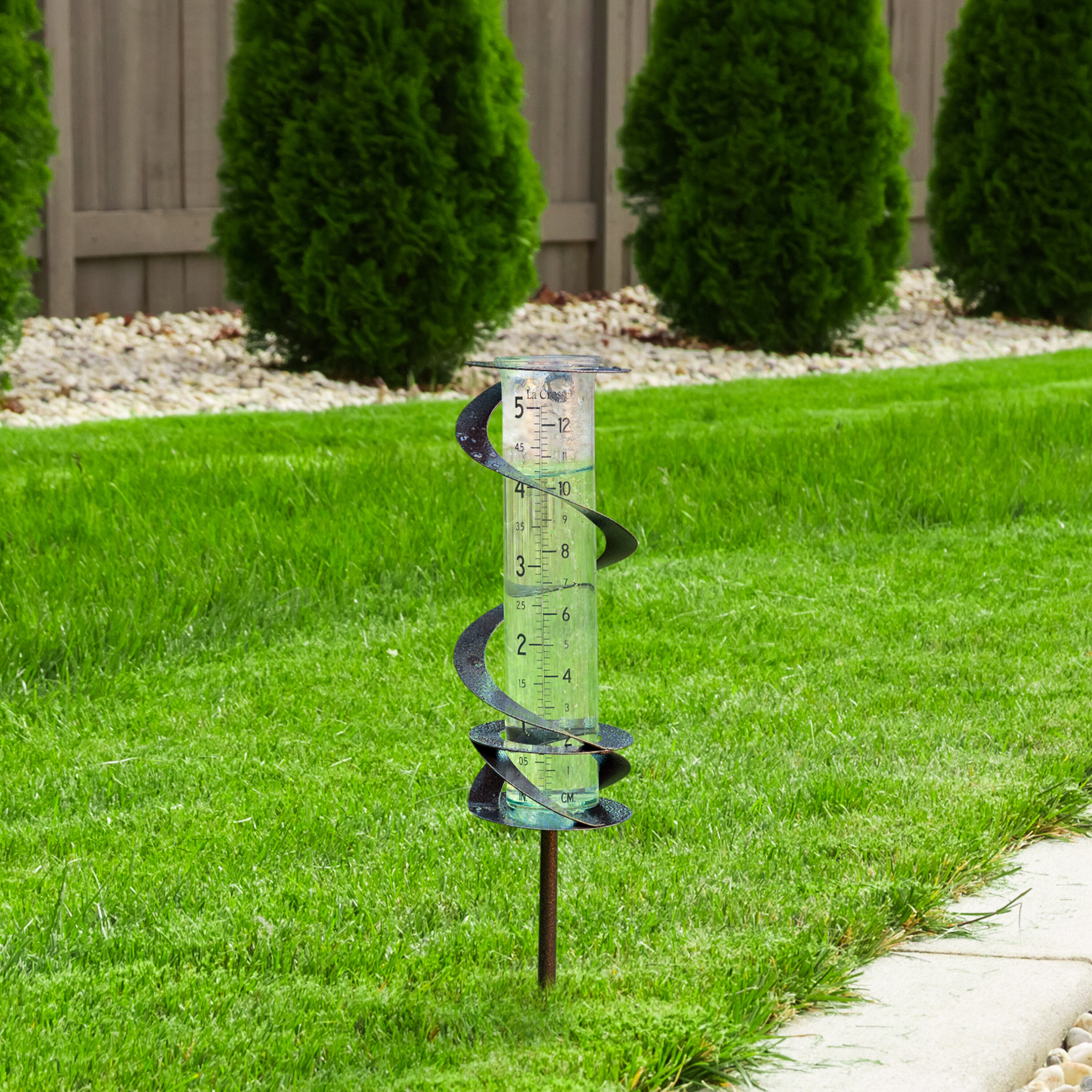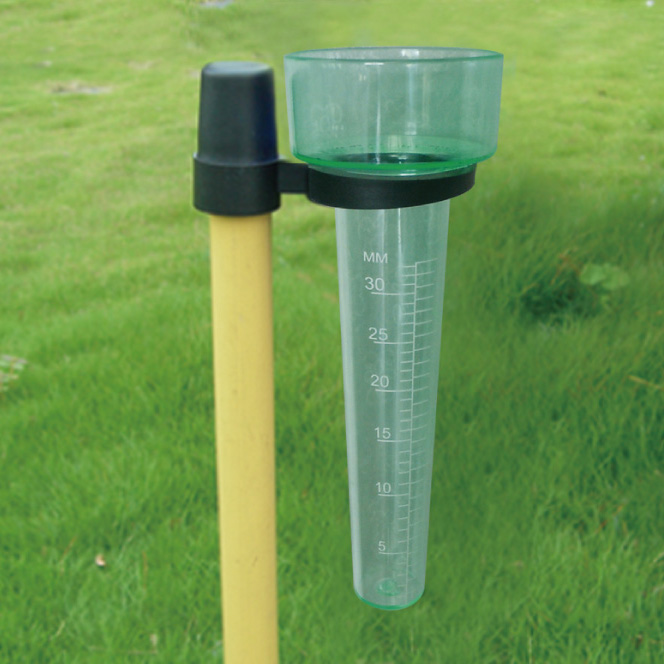Study The Rain Gauge: From Historic Development to Modern Applications
Study The Rain Gauge: From Historic Development to Modern Applications
Blog Article
DIY Rain Scale: Basic Steps to Make Your Own
Are you curious about tracking rains in your area? Producing your own DIY rain scale is a basic and efficient means to measure and videotape precipitation. With simply a couple of usual materials and some basic actions, you can conveniently construct your very own rain scale in your home. In this overview, we will certainly give you with a step-by-step process to assist you create your own rain gauge. No need for any kind of specialized expertise or equipment - this task can be completed by anybody. By complying with these simple instructions, you will certainly have a reliable tool to determine rainfall and add to your understanding of the regional weather patterns. So, let's get begun on making your DIY rain scale today!
Gather Products
To begin building your DIY rain scale, collect all the necessary materials making use of a comprehensive checklist of products. Having the appropriate products on hand will certainly guarantee the successful development of your rainfall gauge and enable for precise measurements of rainfall. Collecting these products in advance will enhance the building and construction process and make sure that you have every little thing you need to create your own DIY rainfall gauge.
Prepare the Container

Mark the Dimension Increments
To accurately measure the quantity of rains, accurately marking the dimension increments on your DIY rain gauge is essential. Without exact and clear markings, it would be tough to determine the exact quantity of rainfall accumulated in your rain scale. Right here are the steps to note the dimension increments on your rainfall gauge.
The most usual systems for determining rainfall are inches and millimeters. As official website soon as you have actually chosen the unit, make use of a permanent marker or waterproof paint to mark the increments on the side of your rain gauge.
When marking the increments, it is necessary to make sure that they are equally spaced and clearly visible. Make use of a ruler or determining tape to make sure precision and consistency. Additionally, make certain that the markings are immune to fading or scrubing off, as direct exposure to the elements may create them to deteriorate over time.
Area the Rainfall Gauge Outdoors
The rain scale ought to be put outdoors to accurately gather rainfall data. The location picked for the rain gauge should be totally free and open from any blockages that could possibly impact the dimension of rains. The Rain Gauge.
Furthermore, it is crucial to place the rain scale on a steady surface, such as a degree ground or a sturdy post. This will protect against any type of motion or tilting of the scale, which might bring about incorrect dimensions. It is likewise suggested to stay clear of placing the gauge near any kind of resources of synthetic water, such as lawn sprinklers or water drainage this systems, as this can interfere with the accuracy of the dimensions.
Monitor and Record Rainfall Information
Regular tracking and recording of rainfall information is necessary for precise information analysis and interpretation. By keeping an eye on rainfall measurements, you can acquire beneficial understandings into weather condition patterns, environment fads, and water resource management. To effectively keep track of and videotape rains data, it is essential to establish a regular and maintain consistent techniques.
Firstly, ensure that your rain scale is placed in an open area away from obstacles such as trees or buildings that might obstruct rains. In addition, make certain the rainfall scale is level and securely secured to stop any activity that might affect the accuracy of the measurements.

When taping the rains information, it is important to keep in mind the day and time of each dimension. Utilize a leader or a gauging adhere to figure out the rainfall deepness in the rain gauge, and record this information properly.
To make certain the accuracy of the dimensions, continue reading this it is recommended to empty the rain gauge after each recording. This will certainly prevent any overflow or evaporation from impacting subsequent dimensions.
Final Thought
Finally, creating a DIY rain gauge is a sensible and basic means to keep track of and tape-record rainfall information (The Rain Gauge). By following the steps laid out in this post, you can easily gather products, prepare the container, note the dimension increments, and position the rainfall gauge outdoors. On a regular basis keeping track of and recording rains information can give valuable info for various functions
Having the best materials on hand will ensure the effective development of your rainfall scale and allow for accurate dimensions of rains.To precisely gauge the quantity of rainfall, accurately marking the dimension increments on your Do it yourself rain scale is essential.The rain scale need to be placed outdoors to precisely accumulate rainfall data. The location selected for the rain gauge need to be open and free from any blockages that could potentially impact the dimension of rains.In final thought, producing a DIY rain gauge is a easy and useful way to monitor and tape-record rains data.
Report this page